Request a Commercial Offer
dKart Tokenizer
Tokenizer SW is designed to perform fundamental operations such as:
The Token format is based on the S-100 data model and utilizes an integrated S-157 Feature Catalogue (combining S-57 and S-101), developed by the dKart team in an open format. This catalogue can be freely modified or extended by any user who wishes to adapt Tokenizer SW for specific tasks and individual workflows.
- Importing S-57 data and converting it into Tokens, as well as exporting Tokens back to S-57;
- Exporting Tokens to S-101 and importing S-101 into Tokens.
The Token format is based on the S-100 data model and utilizes an integrated S-157 Feature Catalogue (combining S-57 and S-101), developed by the dKart team in an open format. This catalogue can be freely modified or extended by any user who wishes to adapt Tokenizer SW for specific tasks and individual workflows.
The transition from producing ENCs in the S-57 format to producing them in S-101 is one of the most complex, costly, and resource-intensive steps in implementing the new hydrographic standards introduced by the IHO, based on the universal S-100 data model.
The primary challenge lies in the unavoidable need for all national Hydrographic Offices (HOs) to publish and maintain dual-format ENC portfolios—both S-57 and S-101—over the next 10–15 years. This dual responsibility presents a serious global issue, especially under conditions of budget constraints and limited qualified personnel.
The primary challenge lies in the unavoidable need for all national Hydrographic Offices (HOs) to publish and maintain dual-format ENC portfolios—both S-57 and S-101—over the next 10–15 years. This dual responsibility presents a serious global issue, especially under conditions of budget constraints and limited qualified personnel.
Context and Challenges
S-101, to a large extent, represents an artificial increase in complexity when describing hydrographic reality. It was not designed to solve any clearly defined technical problems. Fundamentally, it is merely one possible linguistic system for encoding hydrographic data—essentially no better or worse than S-57.
S-101 offers no significant technical advantage and is not required for achieving true data interoperability. It is a formal innovation, a different way of expressing the same underlying information.
Therefore, S-101 is not a solution—it is a problem, and its implementation requires considerable financial and organizational investment. We have discussed this in more detail in previous articles and presentations.
S-101 offers no significant technical advantage and is not required for achieving true data interoperability. It is a formal innovation, a different way of expressing the same underlying information.
Therefore, S-101 is not a solution—it is a problem, and its implementation requires considerable financial and organizational investment. We have discussed this in more detail in previous articles and presentations.
S-101: A Linguistic Shift, Not a Technical Necessity
The most widely promoted method for managing the transition from S-57 to S-101 is through format conversion. However, we believe this approach is flawed.
Conversion works well only in simple contexts where bidirectional transformation produces identical results—for example, converting speed from miles per hour to meters per second and back, or converting currencies. These operations are reversible and lossless.
But converting between S-57 and S-101 is fundamentally different. It’s not about converting data between two technical formats—it’s more like translating between two languages.
Maintaining syntactic equality (i.e., structural or element-by-element equivalence) between forward and backward conversions is extremely difficult, if not impossible. However, semantic equivalence—preserving the meaning—is achievable.
This is exactly what Tokens are designed to represent: meaningful, semantically invariant constructs that encapsulate all the syntactic descriptors necessary for accurate expression in both S-57 and S-101, based on the S-100 universal data model.
Conversion works well only in simple contexts where bidirectional transformation produces identical results—for example, converting speed from miles per hour to meters per second and back, or converting currencies. These operations are reversible and lossless.
But converting between S-57 and S-101 is fundamentally different. It’s not about converting data between two technical formats—it’s more like translating between two languages.
Maintaining syntactic equality (i.e., structural or element-by-element equivalence) between forward and backward conversions is extremely difficult, if not impossible. However, semantic equivalence—preserving the meaning—is achievable.
This is exactly what Tokens are designed to represent: meaningful, semantically invariant constructs that encapsulate all the syntactic descriptors necessary for accurate expression in both S-57 and S-101, based on the S-100 universal data model.
Why Conversion Falls Short
Compared to basic format conversion, the use of Tokens offers several key advantages:
- Enables centralized storage, editing, and updating of a single unified source—the Token set.
- Facilitates effective automation of cartographic workflows, including the use of AI.
- Allows for precise comparison between S-57 and S-101 outputs, in both directions.
- Supports data quality analysis independently of the target format.
Advantages of Using Tokens over Direct Conversion
Using Tokenizer SW for the transition from S-57 to S-101 significantly accelerates and reduces the cost of implementation while ensuring data integrity and output quality.
Conclusion
Request a Commercial Offer










